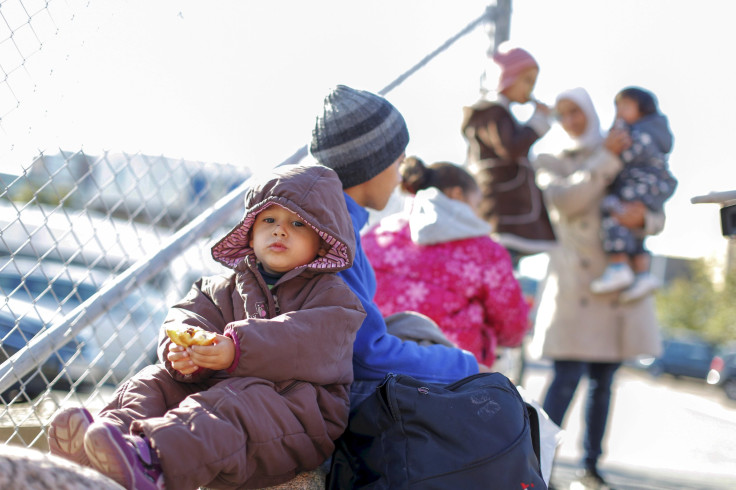Europe Refugee Crisis: 1,000 Children Reported Missing From Swedish Town

A small town in southern Sweden reported that around 1,000 children who arrived there this year as refugees have gone missing from a temporary settlement, according to local authorities. The unaccompanied minors who left the town of Trelleborg are some of the thousands that came to Europe to escape the conflict that pervades the Middle East and the horrors of the Islamic State group, also known as ISIS or ISIL.
Despite receiving temporary accommodations, at least half of the 1,900 unaccompanied minors who arrived in Trelleborg left without notifying officials. "We don't know where they are. ... We don't have the possibility to stop them leaving. We can't wait by their beds day and night," Agneta Sjölund, director of Trelleborg Municipality, told The Local.
Most of the refugees initially arrived at the town in southern Sweden on ferries from Germany and were promptly registered in the town. However, their paperwork had not yet been processed by the country's Migration Agency, making it more difficult to track them.
"Trelleborg has become a transit destination in a short space of time," Sjölund said, adding that, for the migration agency, "it's a slow process."
Sweden was the most popular place last year where unaccompanied minors sought asylum. The Swedish Migration Board said in July that almost a third of the 25,000 children who arrived unaccompanied in Europe in 2014 went to Sweden.
"The image is that we in Sweden are relatively more generous toward children. Another reason is that many of the children already have a network of relatives here,” said Helena Carlestam, a spokesperson for the Swedish Migration Board.
Nearly 12,000 unaccompanied minors are expected to take refuge in Sweden by the end of 2015, according to the agency.
“A few years ago, people thought it was a lot when 300 children came a month. Now, just as many come in a week,” Terje Torvik, another spokesperson for the Swedish Migration Board, told Dagens Nyheter newspaper in July.
© Copyright IBTimes 2024. All rights reserved.












